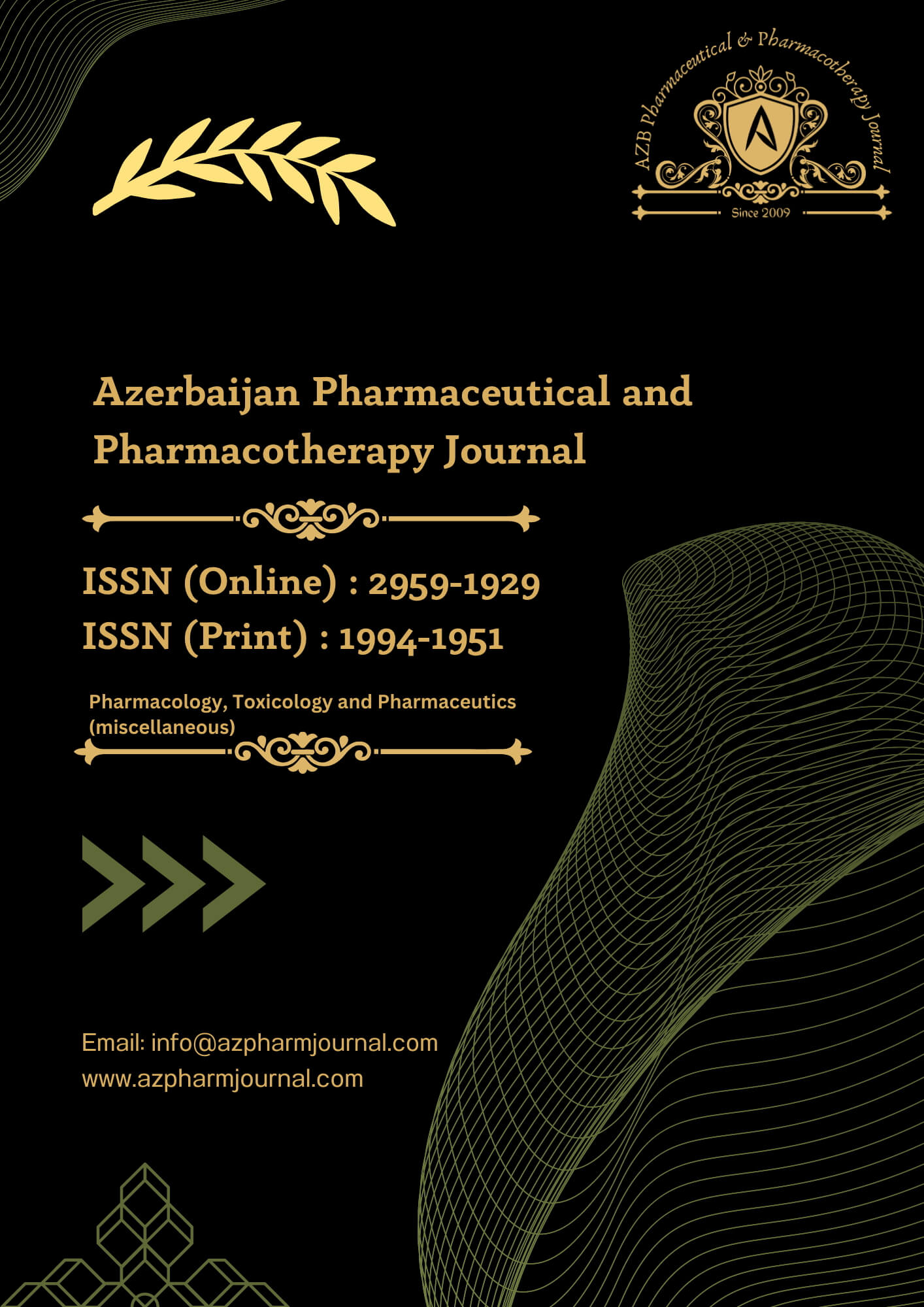1. Introduction
Total knee replacement (TKR) remains a cornerstone in the management of end-stage knee osteoarthritis, offering significant pain relief and functionality improvement for patients [1]. However, despite advancements in surgical techniques and perioperative care, challenges persist, particularly concerning postoperative bleeding and pain management [2]. Excessive blood loss during TKR can lead to complications such as anemia, transfusions, and extended hospital stays, hindering the patient’s recovery trajectory. Additionally, suboptimal pain control can impede early mobilization and rehabilitation, influencing functional outcomes [3].
Addressing these challenges has spurred research into adjunctive therapies that augment conventional management strategies. Among these adjuncts, intra-articular infiltration has emerged as a promising approach to mitigate postoperative bleeding and enhance pain management in TKR [4]. The rationale behind intra-articular infiltration lies in the localized delivery of agents directly to the surgical site, potentially optimizing their therapeutic effects while minimizing systemic side effects [5].
Tranexamic acid, an antifibrinolytic agent, has garnered considerable attention due to its ability to reduce perioperative blood loss by inhibiting fibrinolysis [6]. By attenuating fibrinolysis, tranexamic acid helps maintain hemostasis, potentially mitigating the need for transfusions and decreasing postoperative bleeding-related complications [7]. Moreover, its favorable safety profile has rendered it a widely studied and utilized agent in orthopedic surgeries, including TKR [8].
Concurrently, local anesthetics like ropivacaine have demonstrated efficacy in postoperative pain management by modulating nociceptive pathways at the administration site [9]. The infiltration of ropivacaine into the knee joint has shown promise in alleviating immediate postoperative pain, facilitating early ambulation, and reducing the requirement for systemic analgesics [4,5,6,7,8,9]. Moreover, its longer duration of action compared to other local anesthetics contributes to sustained pain relief.
Despite their efficacy, the combined use of tranexamic acid and ropivacaine through intra-articular infiltration in bilateral TKR remains relatively underexplored. Understanding the synergistic effects of these agents holds the potential to optimize perioperative outcomes, including reduced blood loss, improved pain control, and enhanced functional recovery.
Previous research has predominantly focused on the individual effects of these agents or unilateral TKR, with limited data available on their combined use in bilateral TKR [1]. This highlights the critical gap in knowledge, necessitating further investigation. Exploring their combined efficacy in a bilateral setting is imperative due to the unique challenges posed by bilateral surgeries, including increased operative time and higher blood loss, which may amplify the potential benefits of adjunctive therapies [1, 3, 4].
This study aims to bridge this gap by evaluating the impact of a tranexamic acid and ropivacaine cocktail administered via intra-articular infiltration in patients undergoing bilateral TKR. By elucidating the synergistic effects of these agents, we aspire to contribute valuable insights into optimizing perioperative care strategies and improving outcomes in this specific cohort.
